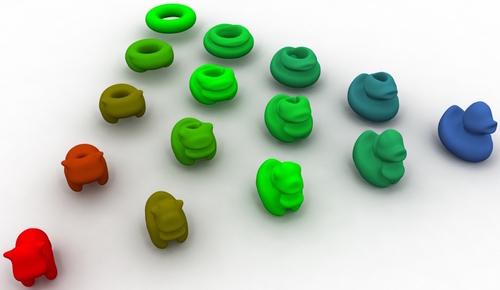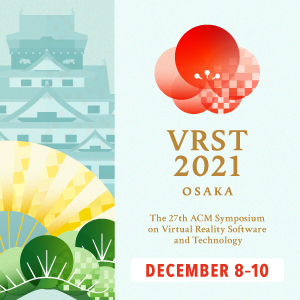Computational Optimal Transport [Half-Day Course]
-
 Full Access
Full Access
-
 Virtual Full Access
Virtual Full Access
Date/Time: 06 – 17 December 2021
All presentations are available in the virtual platform on-demand.
Lecturer(s):
Marco Cuturi, ENSAE, Google Brain, France
Marco Cuturi is a researcher at Google Research (Brain team) and CREST/ENSAE. His 2013 Neurips paper “Sinkhorn distances” opened the door to usages of OT within ML. Marco has co-organized 3 workshops (2014, 2017, 2019) and a tutorial (2017), all at NeurIPS on the topic. Marco also works actively on software aspects for OT through the OTT (https://ott-jax.readthedocs.io/) toolbox.
Justin Solomon, MIT CSAIL, United States of America
Justin Solomon is an associate professor of Electrical Engineering and Computer Science in the MIT Computer Science and Artificial Intelligence Laboratory (CSAIL). He leads the MIT Geometric Data Processing (GDP) group, which studies problems at the intersection of geometry, large-scale optimization, and applications. Optimal transport is a central topic of research in the GDP team, which has developed efficient algorithms for computing OT distances and means of incorporating OT into practical pipelines for graphics and learning.
Description: Over the previous decade, optimal transport (OT) has quickly become a central topic in graphics, imaging, and machine learning. OT provides a powerful and flexible way to compare, interpolate, and morph probability measures. It is an important ingredient that can be applied to diverse tasks in computer graphics, such as BRDF interpolation, shape matching, surface interpolation, shortest path computation, fluid solvers, color grading, and meshing. OT is underpinned by plentiful mathematical formalism, with the attention of the community currently geared to solve OT-related optimization problems at large scales. This course will review the theoretical foundations and scalable formulations for OT, focusing on deploying them in computer graphics applications. One salient feature of this course is to expose OT as an interface between computer graphics and machine learning. It will interleave exposition of the mathematical framework with practical considerations, in particular deployment on GPUs using efficient yet simple Python deep learning libraries.





